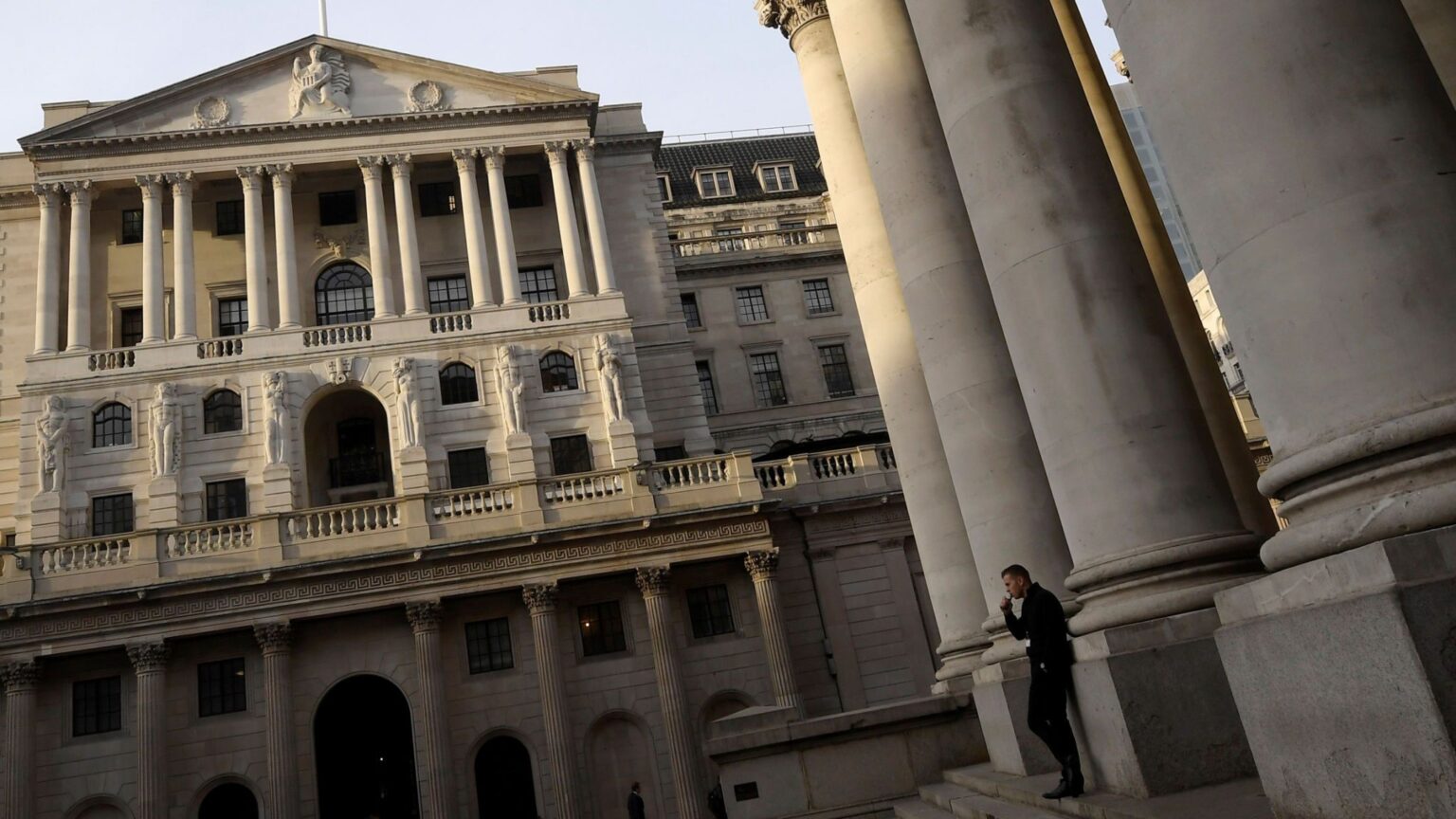The Bank of England has signalled that interest rates are to rise earlier and more sharply than previously thought as it upgraded forecasts for UK growth.
Rate-setters unanimously voted to leave rates on hold for now at 0.5% but gave new guidance on their future path which sent the pound up by a cent against the US dollar to $1.40.
The Bank’s upgrade for UK growth in its quarterly inflation report comes as the global economy expands more quickly than expected.
It said that monetary policy would now “need to be tightened somewhat earlier and by a somewhat greater extent” than it had previously predicted.
The Bank’s rate-setting Monetary Policy Committee is now predicting that its base rate will reach 1.2% by the start of 2021, a figure that would almost certainly require three separate rate rises.
Market predictions are that the first of these may come as early as May.
The prospect of higher rates continues the slow drift away from an era of easy, cheap money, which has been in place since the financial crisis nearly ten years ago.
It has helped sustain a period of consumer spending, but has also left many savers with meagre returns on their investments.
The Bank has upgraded its predictions for the growth of the UK economy, forecasting an expansion of 1.7% in 2018 rather than the 1.5% it had previously pencilled in.
It thinks that will be followed by growth of 1.8% in 2019 and 1.7% in 2020.
Almost all of this improvement has been ascribed to the health of the global economy, which is growing faster than originally thought.
“Notwithstanding recent volatility in financial markets, global financial conditions remain supportive,” say the committee minutes. “UK net trade is benefiting from robust global demand and the past depreciation of sterling.”
The committee said, however, that it was “an important judgment” as to how much the UK would benefit from booming economies in other countries, bearing in mind “continuing Brexit-related uncertainties”.
Indeed, the committee’s minutes show clearly that Brexit remains its most pressing worry.
Despite writing that “households and companies base their decisions on the expectation of a smooth adjustment to that new trading relationship”, the minutes also describe the effects of Brexit negotiations as “the most significant influence on, and source of uncertainty about, the economic outlook”.
Bank of England governor Mark Carney said: “The economic outlook will continue to evolve. There will be ups and downs in financial markets. The Brexit process will twist and turn before it is concluded.”
The Bank is predicting that inflation will gradually fall back from its present rate of 3% over the course of the coming three years.
It touched 3.1% in November, compelling Mr Carney, to write a letter to Chancellor Philip Hammond explaining why inflation was more than a percentage point away from the 2% target.
The letter was published alongside the latest inflation report, with Mr Carney saying that rising inflation was “almost entirely due to the effects of higher import prices that resulted from the depreciation of sterling following the vote to leave the European Union”.
He said the rising cost of oil had also added to inflation,
Mr Hammond, in reply, said higher inflation had “squeezed household incomes” and said that the best way to achieve “good quality well-paid work for the long term” was to raise productivity – the measure of how much a worker generates per hour.
UK productivity lags behind many other countries with workers in France, for instance, on average producing more in four days than a British worker does in five.
Mr Hammond said that “long-term productivity performance has continued to disappoint” and that sense was echoed in the inflation report.
It said that productivity growth stalled at the start of 2017, and “remains subdued”, and that productivity still remains “barely above” the point it reached prior to the financial crisis a decade ago.
The Bank’s forecasts also suggested that there is almost no “slack” capacity in the UK economy and that unemployment is nearing its so-called equilibrium rate, which some consider to be the lowest rate achievable while maintaining consistent economic growth.
It also predicted that wage growth will increase this year to around 3% – another reason why interest rates are likely to go up.
The Bank of England previously raised interest rates in November – for the first time since 2007 – from 0.25% to 0.5%.


